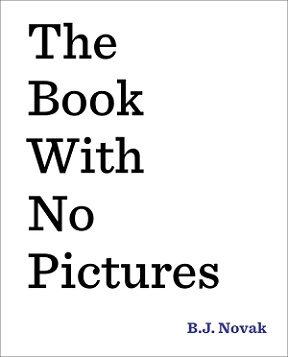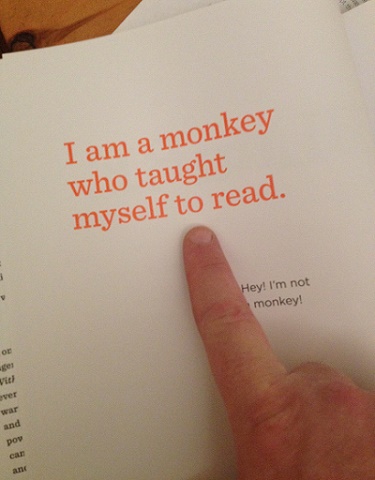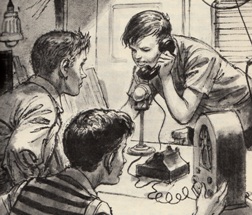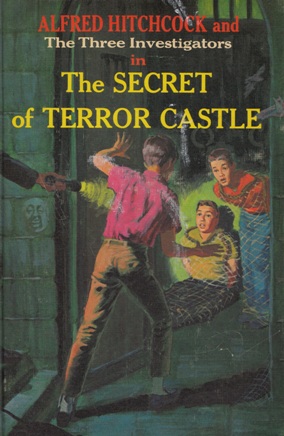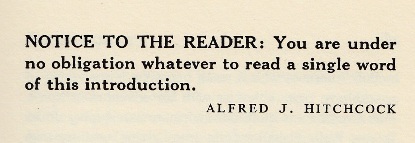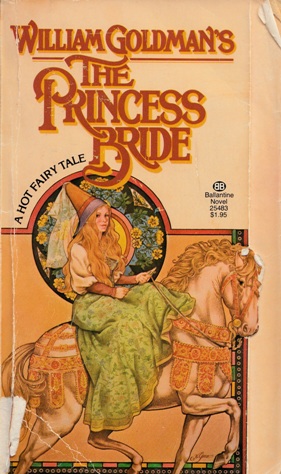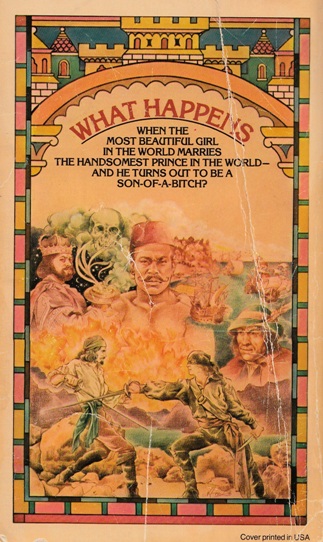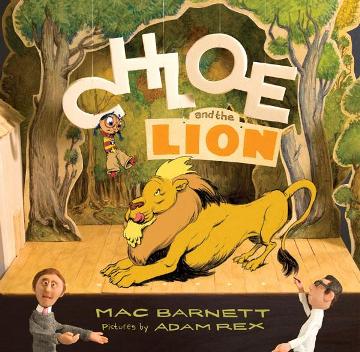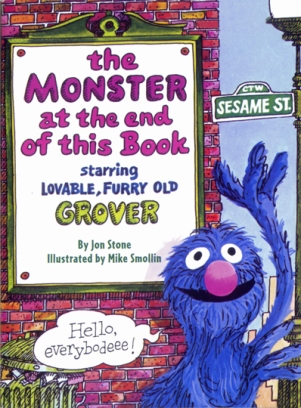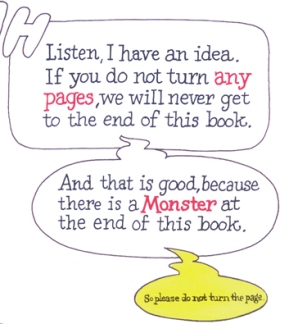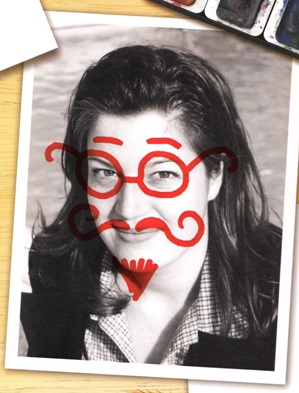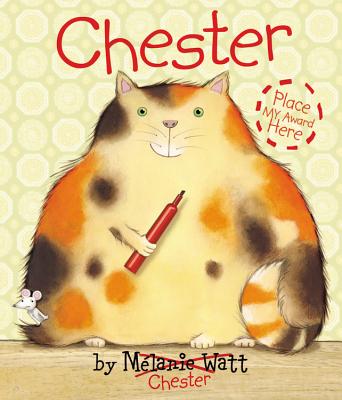One of the many reasons why I love picture books is because they’re one of the few forms of literature that actually anticipate that you won’t be reading them alone. Sure, there are picture books that are made for kids to read on their own, but there are also those wonderful picture books that are designed specifically for parents to read aloud to their children. They’re almost more like a play-script than a traditional book. It’s this lovely little monologue, a screenplay with storyboards included, a script for your onstage debut, performing your lines for a bedtime audience of one. (Or two or however many kids you have.) And, if you’re looking for a great script for your next storytime performance, I would definitely recommend B.J. Novak’s The Book with No Pictures. Even if the book did made me scream “Blork!” and admit to my daughter that I’m really a “robot monkey.”
Let me explain…
You probably know Novak from NBC’s The Office, so I know what you’re thinking – celebrity author. It’s a total vanity project, right? NOPE. This is a great, great book, which isn’t that surprising because Novak released a collection of short stories earlier this year, One More Thing, which, I have to say, was excellent. So, we’ve established that the guy’s a good writer, but what’s remarkable about The Book with No Pictures is how well Novak understands the nuances of a great read-aloud book.
Any really, really amazing kids’ read-aloud book, first and foremost, has to turn the kids into engaged listeners. They can’t be passive. They have to be part of the performance. How do you do that? You give them POWER, or, at the very least, the illusion of power. Look at Mo Willems’ Don’t Let the Pigeon Drive the Bus. The book opens with the bus driver handing over his authority to the listening children, telling them “whatever you do, don’t let the pigeon drive the bus.” The parent then takes over the role of the curious pigeon and, while they get to ham it up as the pigeon, the kids participate by screaming “NO!”
Or look at perhaps the best read-aloud book EVER, Jon Stone’s The Monster at the End of This Book. It’s a genius bit of reverse psychology. Grover appears and essentially tells the listening kids, “If you turn the page, terrible, TERRIBLE things will happen!” (Which might be the best incentive for reading I’ve ever heard.) [read the rest of the post…]
{ 4 comments }
